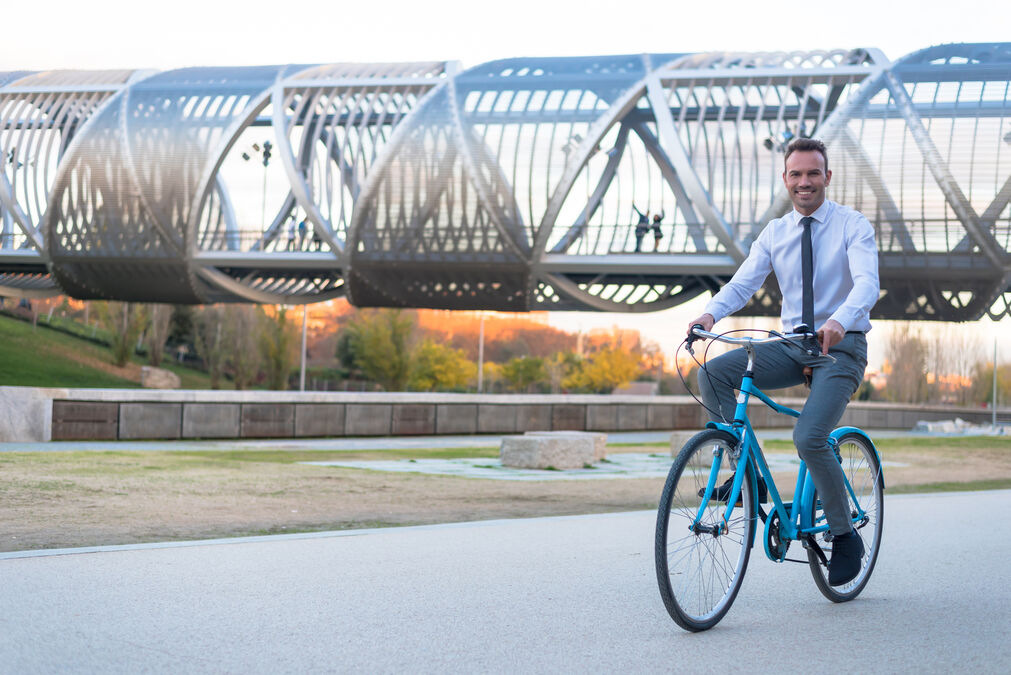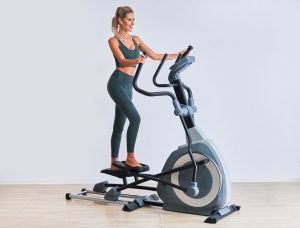Workouts for Shin Splints: How to Relieve and Prevent Pain
Shin splints can be a real pain—literally. This common condition, also known as medial tibial stress syndrome, causes discomfort along the shinbone and is often experienced by runners, dancers, and athletes.
The good news is that certain exercises can help ease the pain and prevent shin splints from coming back. In this blog, we will discuss the best workouts for shin splints and how to incorporate them into your routine.
What Are Shin Splints?
Shin splints refer to pain along the inner edge of the shinbone (tibia). This happens when the muscles, tendons, and bone tissue around the shin become overworked. Common causes include:
- Overuse: Repeated activities like running or jumping.
- Poor Footwear: Wearing shoes with inadequate support.
- Sudden Changes in Activity: Increasing intensity or duration too quickly.
- Flat Feet or Overpronation: When the arch of the foot collapses inward.
If you have shin splints, you might feel tenderness, swelling, or pain that worsens during exercise.
Why Workouts Help Shin Splints
While rest is crucial to recovery, the right workouts can speed up healing, strengthen your legs, and prevent future shin splints. These exercises focus on:
- Strengthening the Lower Legs: Building muscles in your shins and calves to handle stress better.
- Improving Flexibility: Stretching tight muscles to reduce strain on the shinbone.
- Correcting Imbalances: Addressing weaknesses in your feet, ankles, or hips.
Workouts for Shin Splints
1. Toe Taps
This simple exercise strengthens the muscles at the front of your shin.
- How to Do It:
- Sit on a chair with your feet flat on the floor.
- Keep your heels planted and lift your toes up toward your shins.
- Lower them back down and repeat for 15–20 reps.
- Why It Helps: Toe taps target the tibialis anterior muscle, which supports the shin.
2. Calf Raises
Strong calves reduce stress on your shins and improve overall leg strength.
- How to Do It:
- Stand with your feet hip-width apart.
- Slowly lift your heels off the ground, standing on your toes.
- Lower back down and repeat for 15–20 reps.
- For an extra challenge, try doing this on one leg.
- Why It Helps: Calf raises strengthen the gastrocnemius and soleus muscles, which support your lower legs.
3. Shin Resistance Band Exercises
Using a resistance band can help target the muscles in your shins.
- How to Do It:
- Sit with your legs extended and wrap a resistance band around your toes.
- Pull your toes toward your body against the band’s resistance.
- Hold for a few seconds, then relax. Repeat for 10–15 reps.
- Why It Helps: This strengthens the tibialis anterior and improves shin stability.
4. Ankle Circles
Keeping your ankles strong and flexible can reduce strain on your shins.
- How to Do It:
- Sit or lie down with your legs extended.
- Rotate one foot in a circle, making slow, controlled movements.
- Switch directions after 10 rotations, then repeat with the other foot.
- Why It Helps: Ankle circles improve mobility and prevent stiffness in the lower legs.
5. Wall Shin Raises
This is a more advanced way to strengthen your shins.
- How to Do It:
- Stand with your back against a wall and your feet about a foot away from the base.
- Keep your heels on the ground and lift your toes toward your shins.
- Slowly lower your toes and repeat for 10–15 reps.
- Why It Helps: It strengthens the front of your legs and helps with shin pain.
6. Foam Rolling
Foam rolling can help release tension in tight muscles.
- How to Do It:
- Place a foam roller on the floor and rest your calf on top of it.
- Roll slowly back and forth to massage the muscle.
- Focus on any tender spots but avoid rolling directly on the shinbone.
- Why It Helps: Foam rolling improves blood flow and reduces muscle soreness.
7. Hip Bridges
Weak hips can lead to overcompensation in your lower legs, causing shin splints.
- How to Do It:
- Lie on your back with your knees bent and feet flat on the floor.
- Push through your heels to lift your hips toward the ceiling.
- Hold for a few seconds, then lower back down. Repeat for 10–15 reps.
- Why It Helps: Hip bridges strengthen your glutes and hamstrings, improving overall stability.
Stretching for Shin Splints
Stretching after your workout helps keep your muscles flexible and reduces tightness:
- Calf Stretch:
- Stand facing a wall and place your hands against it.
- Step one leg back and keep it straight, pressing your heel into the ground.
- Hold for 20–30 seconds and switch sides.
- Seated Forward Stretch:
Sit on the floor with your legs extended.
Reach for your toes, keeping your back straight.
Hold for 20–30 seconds.
- Tibialis Anterior Stretch:
Kneel on the floor with your toes pointed behind you.
Gently sit back on your heels to stretch the front of your shins.
When to Rest
While these exercises are helpful, rest is just as important. If your shin splints are severe, take a break from high-impact activities like running or jumping. Focus on low-impact workouts such as swimming or cycling until your pain subsides.
Tips to Prevent Shin Splints
- Wear Proper Shoes: Choose footwear with good arch support and cushioning.
- Increase Activity Gradually: Avoid doing too much, too soon.
- Strengthen Your Legs: Regularly include the exercises above in your routine.
- Stretch Often: Loosen tight muscles before and after workouts.
- Listen to Your Body: If you feel pain, take a break to avoid worsening the issue.
To Wrap It Up
Shin splints can be frustrating, but with the right exercises and care, you can recover and prevent them from coming back. Strengthening your lower legs, improving flexibility, and taking proper precautions during workouts will help you stay pain-free.
An alternative to learning more about shin splints, healing faster, and how to prevent it is getting in touch with a sports trainer. And no, you don’t have to go look for them; they’re waiting for you on Sportconn.
Sportconn is a sports social platform that connects workout enthusiasts, coaches, and other sports professionals together to achieve their individual objectives. Everyone is signing up fast, don’t miss out on this. Start here.


















